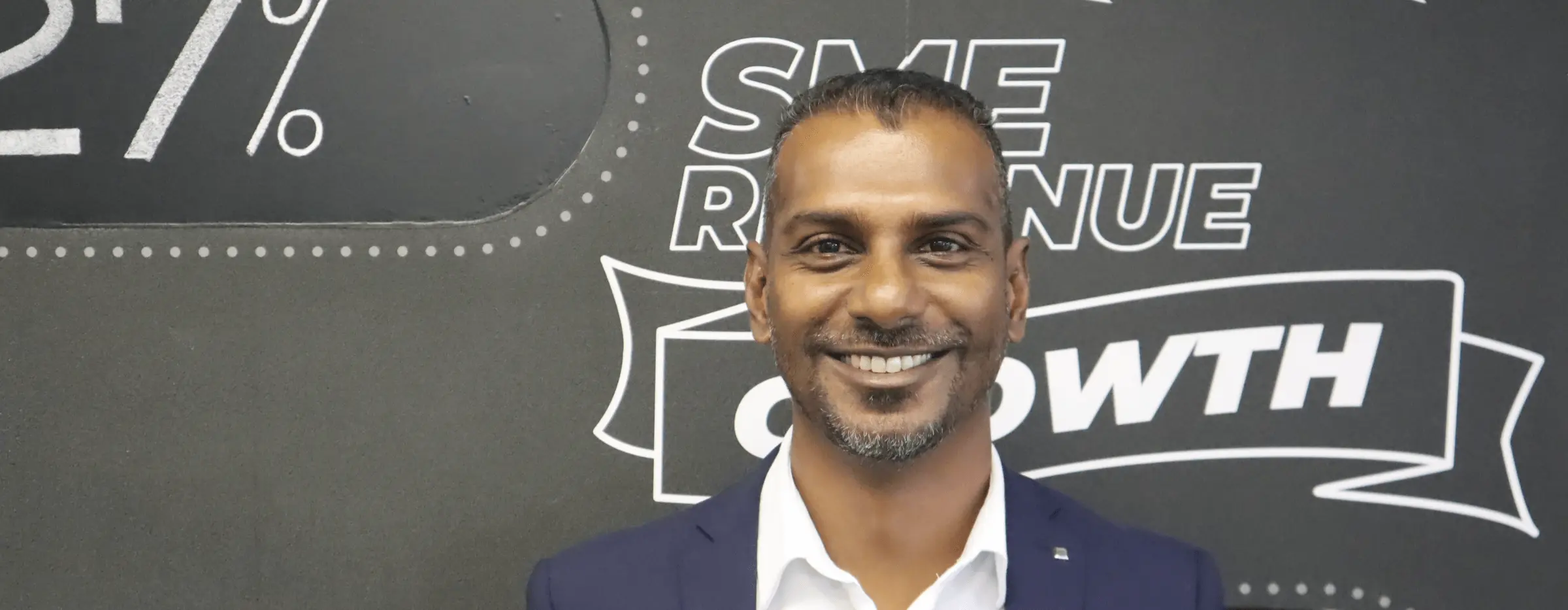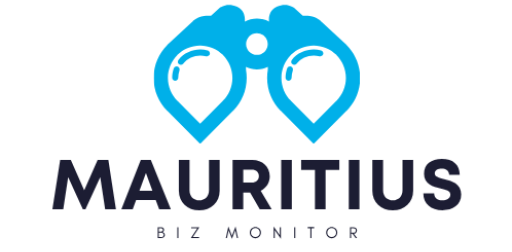South Africa’s Procurement Revolution: The Road Ahead
In a world shaped by digital transformation and geopolitical shifts, South Africa procurement is navigating a path filled with both opportunity and disruption. The industry stands at the cusp of dramatic evolution, driven by a perfect storm of artificial intelligence, supply chain volatility, and changing boardroom priorities. As highlighted in the “Cool Heads in the Storm” report, this moment marks a decisive turning point for procurement leaders across the nation.
1. Embracing AI: The Digital Procurement Catalyst
Artificial Intelligence is no longer a buzzword; it’s a procurement game-changer. South African firms are increasingly adopting AI tools to automate sourcing, predict demand fluctuations, and identify risk patterns. By embedding machine learning into supplier selection and negotiation workflows, procurement teams can make faster, smarter decisions. This transformation is empowering professionals to shift from transactional roles to strategic business enablers, realigning value creation within the organization.
2. South Africa procurement: Tackling Supply Chain Volatility Head-On
Global instability, including conflicts and trade tensions, continues to disrupt traditional supply routes. South Africa procurement must now diversify sourcing locations, adopt dual or multi-supplier strategies, and invest in nearshoring. Proactive risk management and the use of real-time tracking systems are becoming critical. Local companies that act swiftly can turn volatility into competitive advantage, creating agile networks resilient to future shocks.
3.South Africa procurement: Building Talent Resilience for Long-Term Growth
Procurement excellence hinges on people. Developing high-performing teams capable of operating in digital-first environments is crucial. Initiatives like upskilling, certification (e.g., through CIPS Southern Africa), and leadership mentoring are key. Forward-looking organizations are fostering a new breed of procurement professionals who are both tech-savvy and deeply aligned with business strategy.
4. South Africa procurement: Rethinking Procurement Governance Models
With increased scrutiny on ethical sourcing, transparency, and ESG compliance, procurement governance is undergoing a shift. South African companies are adopting robust compliance frameworks that not only ensure regulatory adherence but also strengthen brand trust. Digitally-enabled audit trails and procurement dashboards are enhancing accountability and decision-making across supply chains.
5. South Africa procurement: Sustainability as a Strategic Imperative
Green procurement is gaining traction. South Africa procurement teams are aligning purchasing decisions with sustainability goals, including carbon reduction, waste minimization, and supplier ESG ratings. The rise of circular economy practices is encouraging long-term thinking. Companies embracing sustainable procurement are increasingly favored by investors, partners, and eco-conscious consumers.
Read more on recent procurement innovation stories at Mauritius Biz Monitor.

6. South Africa procurement: Leveraging Data for Smarter Decisions
Procurement is no longer just about cost-cutting—data is transforming it into a predictive, performance-driven function. With powerful analytics platforms, South Africa procurement teams are gaining insights into supplier behavior, market fluctuations, and contract compliance. Dashboards powered by real-time KPIs help procurement officers act quickly and strategically. Data-driven culture reduces guesswork and boosts procurement efficiency across sectors.
7. South Africa procurement: The Rise of Collaborative Supplier Networks
Procurement departments are shifting from control to collaboration. Forward-thinking companies in South Africa are creating transparent, trust-based relationships with suppliers, sharing forecasts and co-developing solutions. This shift not only reduces lead times and costs but also drives innovation. South Africa procurement strategies that embrace supplier partnerships will outperform those that rely on transactional sourcing alone.
8. Policy Reform and Government Procurement Innovation
The South African government is reforming public procurement frameworks to improve efficiency and curb corruption. E-procurement platforms and transparency initiatives are emerging as cornerstones of trust-building. These changes foster fair competition and open up access for small businesses and previously excluded players. Read more at OECD on public procurement reform.
9. Adopting Agile Procurement Methodologies
Agile is no longer limited to software—procurement is catching up. In the face of rapid change, South Africa procurement teams are adopting agile techniques such as iterative vendor selection, sprint planning for sourcing, and fast feedback loops. This mindset fosters flexibility and encourages innovation in strategy, execution, and supplier relationships.
10. Strengthening Procurement’s Role in Corporate Strategy
Modern C-suites are realizing the strategic importance of procurement. By aligning procurement goals with corporate objectives—like market expansion, ESG, and digital transformation—leaders are ensuring long-term growth. South Africa procurement departments must speak the language of executives, use metrics that matter, and position themselves as value creators rather than cost centers.
Building Institutional Trust through External Oversight
External public audits play a critical role in restoring and reinforcing public trust in governmental institutions. In many developing countries, citizens often feel alienated from their governments due to a lack of transparency and accountability in the management of public funds. Through well-structured external audits, not only can governments identify financial irregularities, but they also provide a platform for reform, dialogue, and civic participation.
When audit findings are made public and followed by concrete actions, they signal a shift towards integrity and responsiveness. This builds a stronger social contract between the state and its people. Independent Supreme Audit Institutions (SAIs) must be equipped with the legal authority, operational autonomy, and access to real-time data in order to effectively perform their duties.
Equally important is the engagement of civil society and media to disseminate audit outcomes and promote active citizenship. Without public discourse and follow-up mechanisms, even the most rigorous audits risk becoming toothless. Governments, therefore, must not view audits as threats, but as tools to improve performance and rebuild institutional credibility in the eyes of the public.
Linking Audit Results to Policy and Budgetary Decisions
While audits are often viewed through a technical lens, their findings can and should influence broader policy decisions. One of the most underutilized aspects of external public audits is their potential to reshape how governments allocate resources. By revealing inefficiencies, misallocations, or even corruption in current spending patterns, audit reports can serve as a foundation for rethinking budget priorities. Ministries of Finance and Planning should be required to incorporate audit recommendations into their annual plans.
This could be achieved through cross-ministerial coordination bodies where audit institutions are not just observers, but active contributors. Furthermore, parliamentary budget offices should use audit data during deliberations. Unfortunately, in many systems, there is a disconnect between audit outcomes and real-time financial planning. Bridging this gap requires political will, a culture of responsiveness, and legal mandates that compel governments to act on audit findings within specified timelines. In the long run, this enhances fiscal discipline, service delivery, and overall development outcomes.
Citizen Participation in the Audit Cycle
For audits to have a transformative impact, citizen involvement must go beyond passive observation. Citizens, especially those from marginalized communities, have unique knowledge of local-level corruption and service delivery failures. Participatory audits – where community members join audit teams or provide inputs during fieldwork – can unearth issues that desk reviews often miss. In the Philippines, for instance, citizen-led audits have uncovered ghost schools and roads that were officially “completed” but did not exist.
Digital platforms can facilitate such engagement, allowing for anonymous reporting and crowdsourced verification of government expenditures. Civil society organizations can act as intermediaries, helping translate technical audit language into citizen-friendly summaries. Moreover, community feedback should be institutionalized in audit follow-up processes. When audit bodies act on such feedback, it reinforces the legitimacy of the process. Empowering citizens in this way also counters the narrative of audits being elite or bureaucratic tools detached from everyday realities.
Technology and Innovation in Modern Audit Systems
Technological innovations are revolutionizing how audits are conducted and communicated. With the rise of big data analytics, audit institutions can detect financial anomalies faster and more accurately.Machine learning algorithms can flag suspicious procurement patterns, while blockchain technology promises immutable records that reduce the scope for tampering. Mobile-based applications now allow field auditors to input real-time data, improving the timeliness and reliability of findings.
Additionally, audit dashboards accessible to the public can display trends in compliance, repeat offenses, and sectoral performance. The adoption of such technologies, however, is not without challenges. Cybersecurity risks, lack of technical capacity, and resistance from entrenched interests can hinder progress. Therefore, capacity-building programs must accompany technological upgrades. International donor agencies can play a critical role in this area, supporting innovation through funding and expertise. The future of public audits lies not just in more checklists, but in smarter systems that adapt to complex governance realities.
From Recommendations to Tangible Reforms
Audit reports often end with a list of recommendations, many of which go unheeded. For audits to trigger reform, there must be enforceable mechanisms that track the implementation of recommendations. This includes public dashboards that show which recommendations have been implemented, delayed, or ignored – and why. Countries like South Korea and Finland publish annual audit implementation reports that are reviewed by both parliament and civil society.
In some cases, performance incentives have been introduced, where ministries that implement audit findings within a given timeframe receive increased budgetary flexibility or public recognition. On the other hand, repeated non-compliance should attract sanctions or budgetary restrictions. Additionally, reforming internal audit systems within ministries can create a culture of prevention, reducing the likelihood of repeat findings. Above all, political leadership must signal that audit implementation is not optional. When audit results are systematically acted upon, they become a powerful tool for institutional learning and improvement.
Conclusion: A New Era of Procurement Leadership
The “Cool Heads in the Storm” report illustrates that South Africa procurement is no longer operating in the shadows of business—it’s at the forefront. Companies that act boldly, invest in innovation, and commit to sustainability and collaboration will shape the future. South Africa can lead this transformation by embracing the tools, mindsets, and partnerships required for tomorrow’s challenges.
Source: Bizcommunity.com



